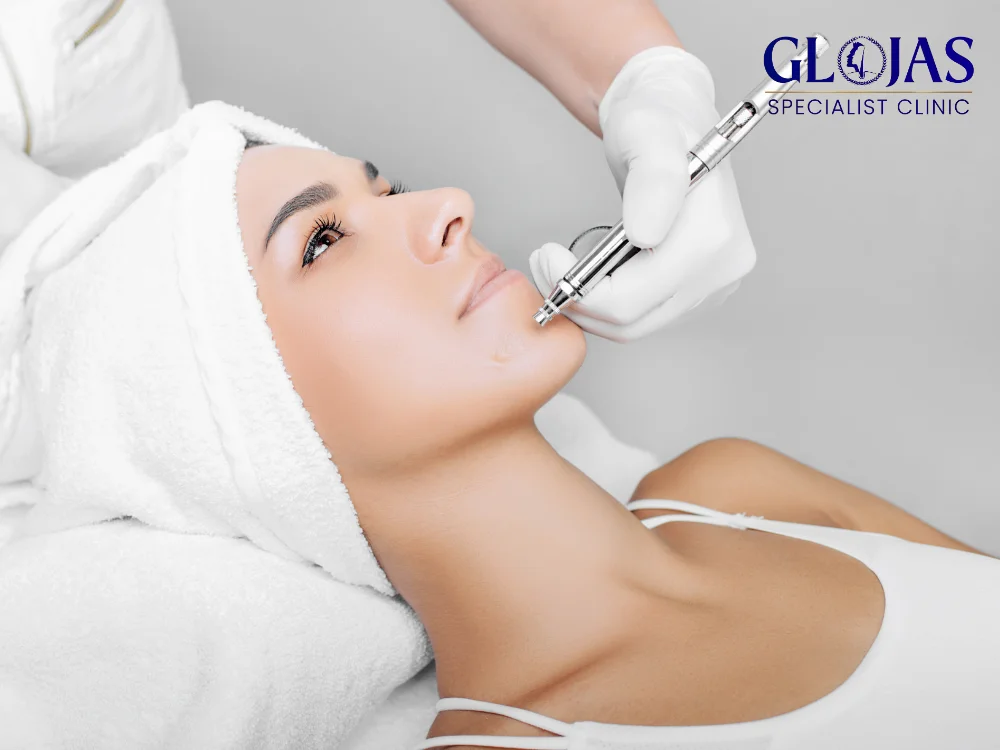7 Effective Ways to Address White Skin Patches and How Jet Peel Can Help

White skin patches, also known as hypopigmentation, can be a source of concern and discomfort for many individuals. These patches, which appear lighter than the surrounding skin, can be caused by various factors, including skin conditions, injuries, or exposure to certain chemicals. In this article, we will explore the common causes of white skin patches, […]

